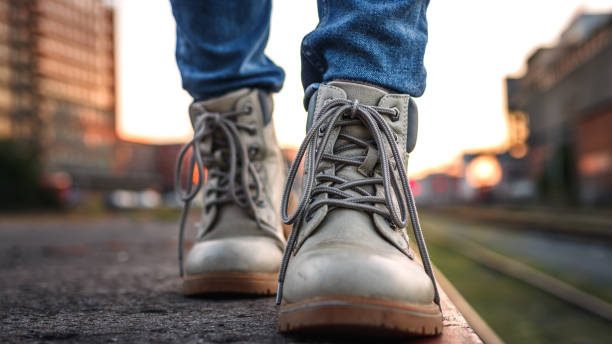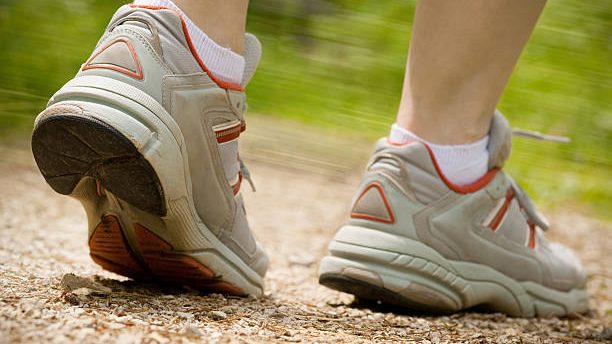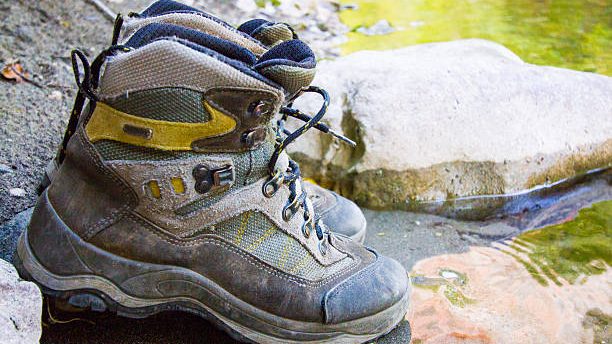Investing in high-quality hiking boots is essential for outdoor enthusiasts, but How Long Should Hiking Boots Last? Our experts have all the answers you need to make your purchase count. While no boot can survive a lifetime of use on rugged trails, here’s what you should know about finding the ideal pair and keeping them durable as long as possible.
Your hiking boots are more than just an expensive essential – they can be your trusty companion on the trail. But how long will a good pair last you? The answer isn’t as straightforward as magazine articles may have told you since there’s much more to consider beyond just walking miles and materials used.
Depending on where your path takes you – rocky terrains or muddy trails – even robust boots might only serve their purpose for 600-700 miles (900-1200km). Lightweight options tend to handle slightly better in this regard but still, expect about 400-500 miles (650–800 km) of use out of them before investing again.
How Many Years Can Hiking Boots Last?
A standard pair can last up to two years if you hike 10 miles per week, while lightweight trail running shoes may only be able to withstand around one year under those same conditions.
However, heavier hikers should plan for having to replace their footwear more often than someone who hikes less frequently or strenuously.
How Many Miles Do Hiking Boots Last?
Are you an outdoor enthusiast? Prep your feet for the miles of exploration ahead with a sturdy pair of hiking boots. Quality materials and construction will ensure comfort on the trails and up to 1,000 miles worth before replacement becomes necessary.

Opting for lightweight running shoes could keep you trekking at 400-500 mile increments; however, this heightened longevity may come at a cost as these premium products aren’t cheap. So no matter what type of explorer or adventurer lies within – protect those toes accordingly.
What Factors Determine The Lifespan Of Your Hiking Footwear?
Quality of The Boots
Investing in a top-tier pair of boots may be intimidating, but the long-term benefits outweigh the cost. Not only will you experience better ankle support, protection, and grip, but your feet won’t have to endure any unnecessary discomfort.
On the other hand, opting for an inexpensive alternative is not worth it as repeated use could lead to their complete breakdown within several months – leaving you with no choice but to buy another one shortly after.
Terrain You Hike
Whether you traverse rocky mountain paths, encounter slick mud trails, or stroll down flat dirt tracks, the shoes on your feet will take a beating. Choose hiking footwear carefully to ensure maximum durability no matter where your outdoor adventures lead.
Best Tips To Make Your Hiking Boots Last Longer
How Often Do You Hike?
For the avid hiker, a quality pair of boots must be replaced more often; regular use over 10 miles each week won’t last as long. On the other hand, someone who only takes on an occasional longer hike may find that their trusty footwear can hold up for years.
Material of The Boots
Hiking boots have come a long way, with leather remaining the superior choice for those searching for optimal quality.
These sturdy uppers can withstand any terrain and harsh weather conditions – enduring far better than their fabric counterparts. But if you’re looking outside genuine leather products, there’s no need to fear; many brands offer synthetic alternatives that promise just as much resilience.
Construction of The Boots
When investing in quality hiking boots, craftsmanship and durability are key for your outdoor adventure. Look for features like TPU welding that will keep its shape after wear; shanks in the midsole provide excellent support and protection;

plus tough outsoles with protective rand around high-impact areas, so they don’t crack or split when faced with extreme conditions. If you want an item built to last, look no further than brands renowned for their reputation of providing top-notch materials.
When to replace your hiking footwear?
To save yourself from a nasty surprise on the trails, it’s important to regularly inspect your boots for any wear and tear. Keep an eye out for signs of cushioning loss or unglued parts that could indicate poor quality materials or production errors – both of which can easily be avoided with proper upkeep.
Put them through their paces by walking on flat, firm surfaces to test how much support they offer. Doing so will help you stay one step ahead no matter where life takes you next.
How to increase the lifespan of your hiking footwear?
Properly caring for your hiking gear can keep it lasting longer and performing better on the trail. Leather boots should be regularly scrubbed with a brush to remove excess dirt, while textile or suede leather uppers typically only need wiping off.

Full-grain leather must also get other love in the form of a boot dressing conditioner now and then to prevent cracks from forming over time. Footwear must be stored away properly when not used; avoid storing them near humid basements or direct sunlight, as these conditions are likely detrimental to their longevity.
Conclusion
Sourcing dependable hiking boots can be the difference between a pleasant outing and rough trekking. With proper maintenance, these pieces of equipment can last years in tough terrain – but it depends on their construction. The midsole’s composition dictates much- PU (Polyurethane) being one of your top picks when chasing longevity.
Leather uppers also keep out water while ensuring breathability; plus, they’re good for solving if needed. Don’t forget to frequently clean and condition leather materials with special products to help prevent cracks or dried-up soles either way. So tell me: what kind have you invested time into recently?

